Search Images
Browse Content (p. 1298)
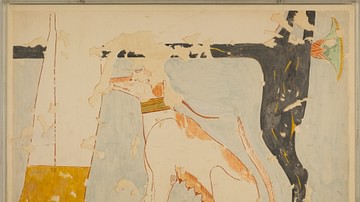
Image
Seated Dog, Tomb of Nebamun
Facsimile of a detail from a wall painting in the Tomb of Nebamun showing a dog seated beneath its master's chair. From Thebes, Egypt, 18th Dynasty, 1479-1458 BCE.
Metropolitan Museum of Art, New York.
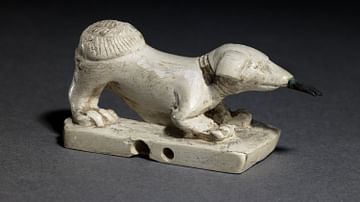
Image
Egyptian Ivory Dog
A small ivory figurine of a dog swallowing a fish, with its tail rendered in bronze. From Thebes, New Kingdom of Egypt, 18th Dynasty (1350-1300 BCE).
The British Museum, London.
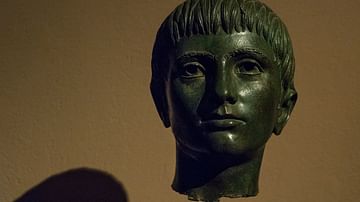
Image
Bronze Head of an Etruscan Youth
A bronze head of a youth. Etruscan, from Vipsul (modern Fiesole), c. 330 BCE. (Museo Archeologico Etrusco, Florence)
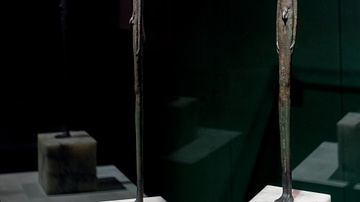
Image
Etruscan 'Evening Shadow' Figure Sculpture
The Etruscan bronze figure sculpture of a young boy known as the Ombre della Sera or 'Evening Shadow'. 3rd century BCE. Height: 57 cm. (Museo Etrusco Guarnacci, Volterra, Italy)

Image
Codex Regius of the Poetic Edda
The Codex Regius of the Poetic Edda is the oldest and most comprehensive extant source of Norse mythology. 14th century CE. It is housed at the Arni Magnusson Institute of Learning in Reykjavik, Iceland.
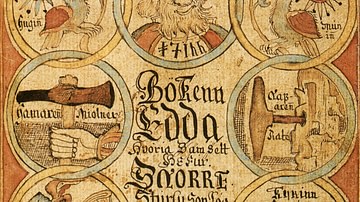
Image
Prose Edda
Title page of one of the manuscripts from Snorri Sturluson's Prose Edda showing various figures of Norse mythology, 18th century CE.
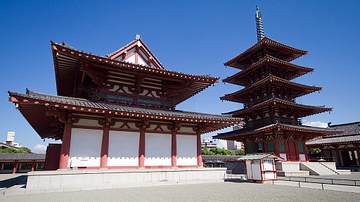
Image
Shitenno-ji Temple, Osaka
The Buddhist Shitenno-ji temple in Osaka, Japan. Reportedly founded by Prince Shotoku in 530 CE.
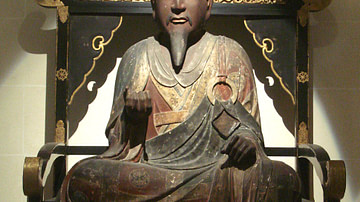
Image
Prince Shotoku Statue
A statue of Prince Shotoku, the legendary Japanese ruler and founder of Japanese Buddhism (r. 594-622 CE). (Musee Guimet, Paris)
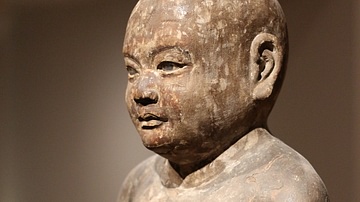
Image
Prince Shotoku as a Youth
A statue of Prince Shotoku as a youth, the legendary Japanese ruler and founder of Japanese Buddhism (r. 594-622 CE). Wood, 1200-1350 CE. (Rijksmuseum, Amsterdam)
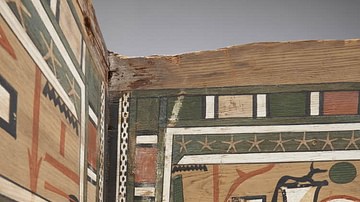
Image
Coffin Texts
Rectangular wooden inner coffin of Sen from Deir el-Bersha, Middle Kingdom of Egypt, 12th Dynasty, c. 1850 BCE.
The British Museum, London.